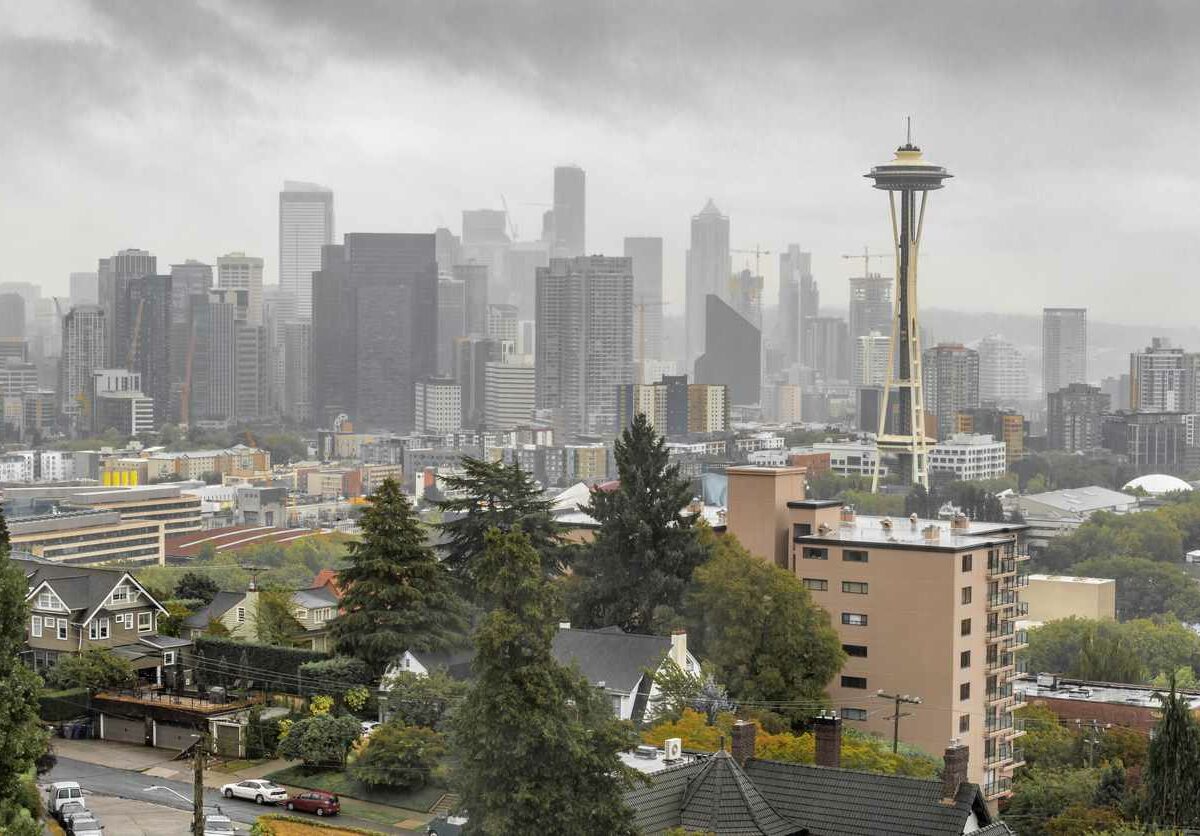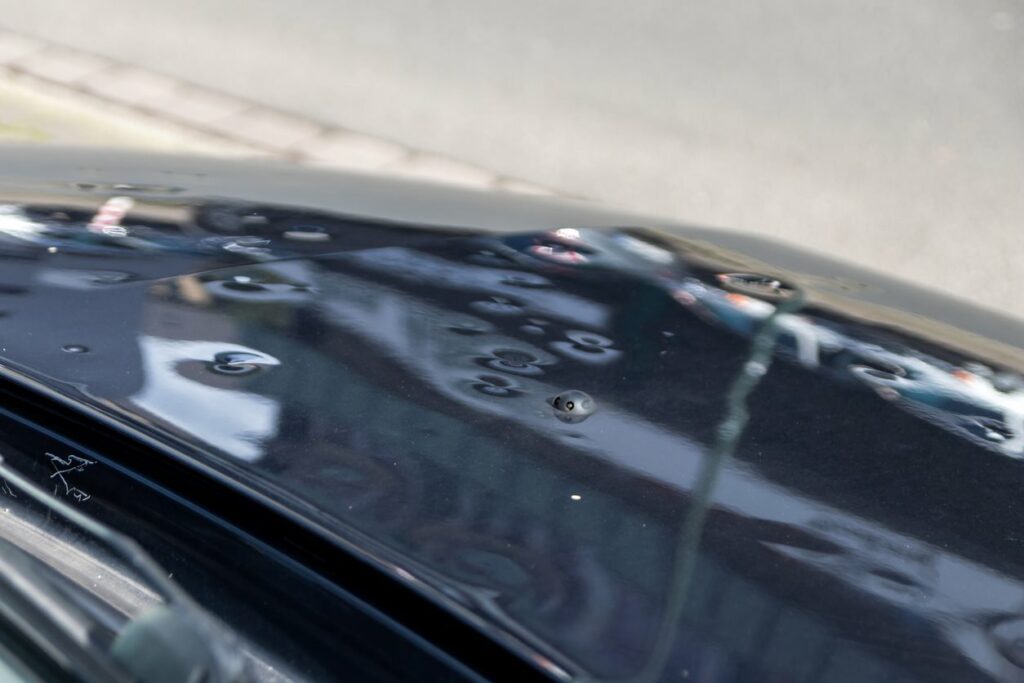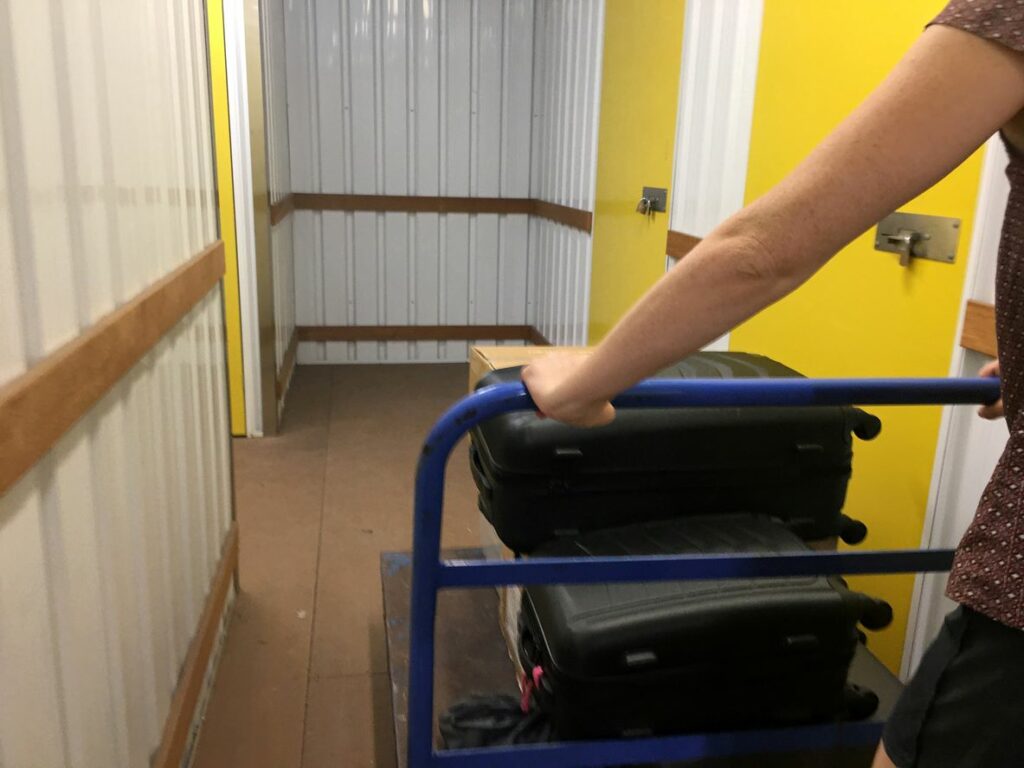Protect Your Belongings During Pacific Northwest Rainy Season

There’s nothing quite like the consistent downpouring from fall to spring in the Pacific Northwest regions to dampen your spirits. Oregon and Washington are home to wet conditions that create beautiful ecosystems, mud puddles for kids, and some of the country’s most iconic waterfalls. But are there any downsides when you live there during the rainy season? Yes, because of the amount of water and moisture, your personal belongings, such as clothes, rain gear, and furniture, can become moldy and mildewy, ruining them and potentially harming your personal health.
A simple way to protect your belongings from moisture is through self storage. Urban Self Storage is here to help you understand why the rainy season can cause damage, how to prevent that damage, and how to use self storage to protect your items in the future with rainy season storage tips.
Why Does the Rainy Season Damage Your Belongings?
There are a few reasons the rainy season calls for more than just an umbrella. With the season spanning roughly September to May, the lengthy period of time creates an elongated atmosphere with a temperature and humidity that damages belongings.
The protection of your property comes down to being aware of what is causing the issue in the first place. The mild temperatures during the season generally range from 40° F (4° C) to 50° F (10° C), while inland areas may experience slightly cooler temperatures. This mild temperature range with cloudy skies makes it a climate full of humidity and moisture, which is mold and mildew’s best friend. Despite experiencing cool temperatures, the humidity in the air does the same damage as in a warm climate, and it even sneaks up on homeowners when they think the cool air won’t foster mold.
How Can You Prevent Damage?

The damp and humid weather encourages the proliferation of unhealthy environments, but several methods exist to prevent mold and mildew in the Pacific Northwest.
- Dehumidifier. To prevent mold, maintaining humidity levels from 30% to 50% is crucial and can be done using a dehumidifier. A dehumidifier will take the moisture out of the air and allow you to control the humidity rates.
- Proper ventilation. Proper airflow through exhaust fans in typically damp areas, like bathrooms and kitchens, can prevent mold.
- Fix leaks. Promptly address leaks, water seepage, or plumbing issues to stop moisture buildup.
- Clean and dry surfaces. Regularly wiping away condensation in and on bathrooms, kitchens, patio furniture, and windowsills is a simple routine that could prevent a big headache.
- Check gutters and drainage. Ensure proper drainage is consistent throughout the house to prevent water from accumulating and causing moisture damage to a foundation.
- Remove items from the outdoors. The harshness of outdoor elements can damage surprising items, so protecting patio furniture from rain means placing it in a garage or storage unit.
- Self storage. Place clothing, furniture, rain gear, or other mold-prone items into a dry location to prevent mold and mildew as a seasonal storage solution.
Tips on Proper Storage During Rainy Season
Using climate-controlled self storage units can be a solution for mold and mildew on top of creating more space in your home. Especially during the rainy season, the Pacific Northwest storage needs are unique because of the amount of rain and moisture. Here are a few tips to help with proper packing for the rainy season that will keep your items safe.
- Climate-controlled storage unit. Carefully choosing a self storage unit that will store temperature-sensitive or moisture-prone items will prevent damage through regulated temperatures and humidity levels.
- Properly dry items. It may seem obvious, but adequately drying items before placing them in a unit is crucial for rainy-season storage in the Pacific Northwest. You don’t want to encourage humidity while trying to prevent it.
- Waterproof containers. Plastic bins with tight-fitting lids are perfect for storing clothing or other belongings that typically experience mold growth.
- Avoid cardboard boxes. Avoiding cardboard boxes is crucial for storage because they are susceptible to water damage and can even create an environment for mold and mildew to thrive.
- Elevate stored items. Place containers or protected furniture on pallets or raised shelves. Keeping items off the floor helps in protecting belongings from moisture.
- Use a moisture absorber. Consider putting silica gel or activated charcoal in your self storage unit, especially when storing rain gear in the Pacific Northwest, as it can be hyper-prone to mold.
- Space out items for airflow. For the best rainy season storage organization, leave space between containers, walls, patio furniture, and everything in the unit to prevent condensation and create better ventilation.
Properly Store Your Items During the Rainy Season

Being aware and prepared for the rainy season in the Pacific Northwest is the best way to prevent any damage to your belongings. Urban Self Storage is here to provide access to weatherproof storage solutions that help moisture control in self storage and mold prevention in self storage. Storing seasonal clothing in wet climates can become easy by seeing which Urban Self Storage locations are accessible.
Don’t hesitate to invest in the well-being of your personal belongings by getting one of Urban Self Storage’s climate-controlled self storage units.